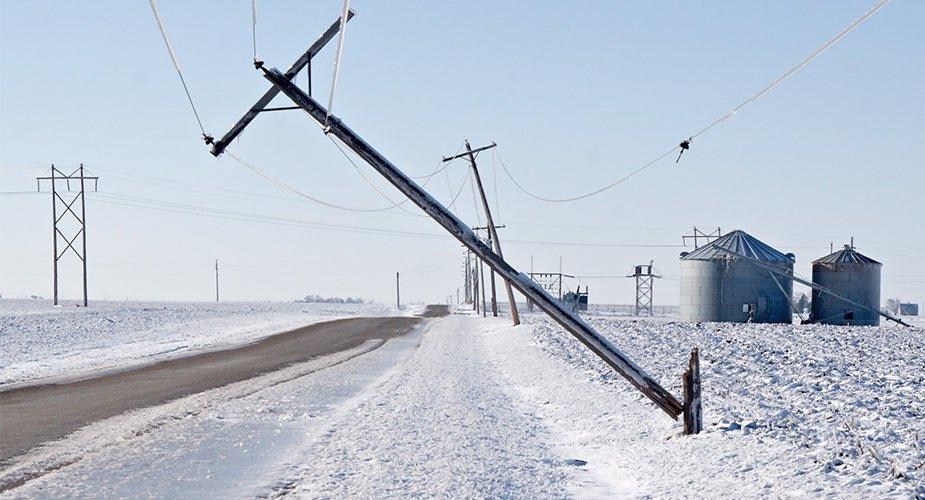Batteries are central to the advancement of clean energy, but concise, accurate information about the pros and cons of different battery types can be hard to come by. For that reason, Nature’s Generator put together a quick primer on two of the most significant types of batteries currently in use in solar + storage applications: sealed lead acid (SLA) batteries and lithium iron phosphate lifepo4 batteries.
Sealed lead acid (SLA) batteries
SLA batteries are the type that off-grid renewable energy pros are likely most familiar with. SLA batteries store electrical energy through a process involving chemical reactions between water, lead, and sulfuric acid. Somewhat incredibly, this technology has now been in use for over 150 years, and can still be found in everything from cars and wheelchairs, to scooters and golf carts, to entire large, grid-scale power systems—in addition, of course, to solar and wind energy generators.
The benefits of SLA batteries in a clean energy context are manifold. For one thing, they’re inexpensive to manufacture, and thus more affordable than many other kinds of batteries, offering the best value per ampere hour. This is no small thing when it is widely agreed that price will be one of the most significant factors when it comes to the widespread adoption of clean energy.
Their wide (and consistent) availability is also essential here: US-made lead batteries usually contain upwards of 80% recycled material, which means that global disruptions to the supply chain barely impact their production.
SLA batteries also can handle a much larger discharging current than other types of batteries and can perform well in cold weather.
Lithium iron phosphate lifepo4 batteries
LiFEPO4 batteries are a significantly more recent phenomenon compared to SLA batteries—they were invented in 1996, roughly 137 years after SLA batteries were first invented by the French physicist Gaston Plante. But don’t let the newness fool you: LiFEPO4 batteries are a potent technology with wide-ranging implications for the wind and solar power industry.
A quick list of their benefits includes a longer lifespan, higher efficiency, and the fact that they’re environmentally friendly to use and to make. Their lighter weight should also be taken into consideration — lifepo4 batteries possess an additional 50% (roughly) of exploitable energy capacity, while weighing 70% less than SLA batteries.
Safety, too, cannot be discounted here — lifepo4 lithium battery are arguably the safest on the market. They perform well in high temperatures, staying cool, and therefore much less susceptible to thermal runaway. And because they have minimal degradation and exceptional thermal and chemical stability, not even harsh temperatures or serious impact events will start a fire or explosion—because (crucially) LiFEPO4 batteries are incombustible.

Mixing and matching
Which to choose for your solar + storage system? An ideal answer is to not choose, because both battery types have their own strengths and capacities. For reasons of accessibility, affordability and flexibility, solar + storage installers should allow customers to make use of both SLA and lifepo4 lithium battery.
In fact, as a general rule, compatibility is always a good thing when it comes to renewable energy systems, and the more of it the better. That means not only being able to use SLA and lifepo4 lithium battery but, also, being able to use both old and new batteries of whatever kind.
Right now, users are constantly advised not to mix old and new batteries together, on the logic that this will speed up the death of the old battery—but by using advancements like eco-intelligent lithium, consumers can prevent this problem and get the most out of their renewable energy investments.
It is hard to overstate how much batteries matter to both solar energy goals and the future of our planet. Understanding the pros and cons of each type is essential for those who want to impact the planet without breaking the bank.
Lawrence Zhou is the CEO of Nature’s Generator, a leader in renewable solar and wind energy home integration products.






 10,000W LIFEPO4
10,000W LIFEPO4









